Is Sunak a slither or a slice of cuff kind of guy?
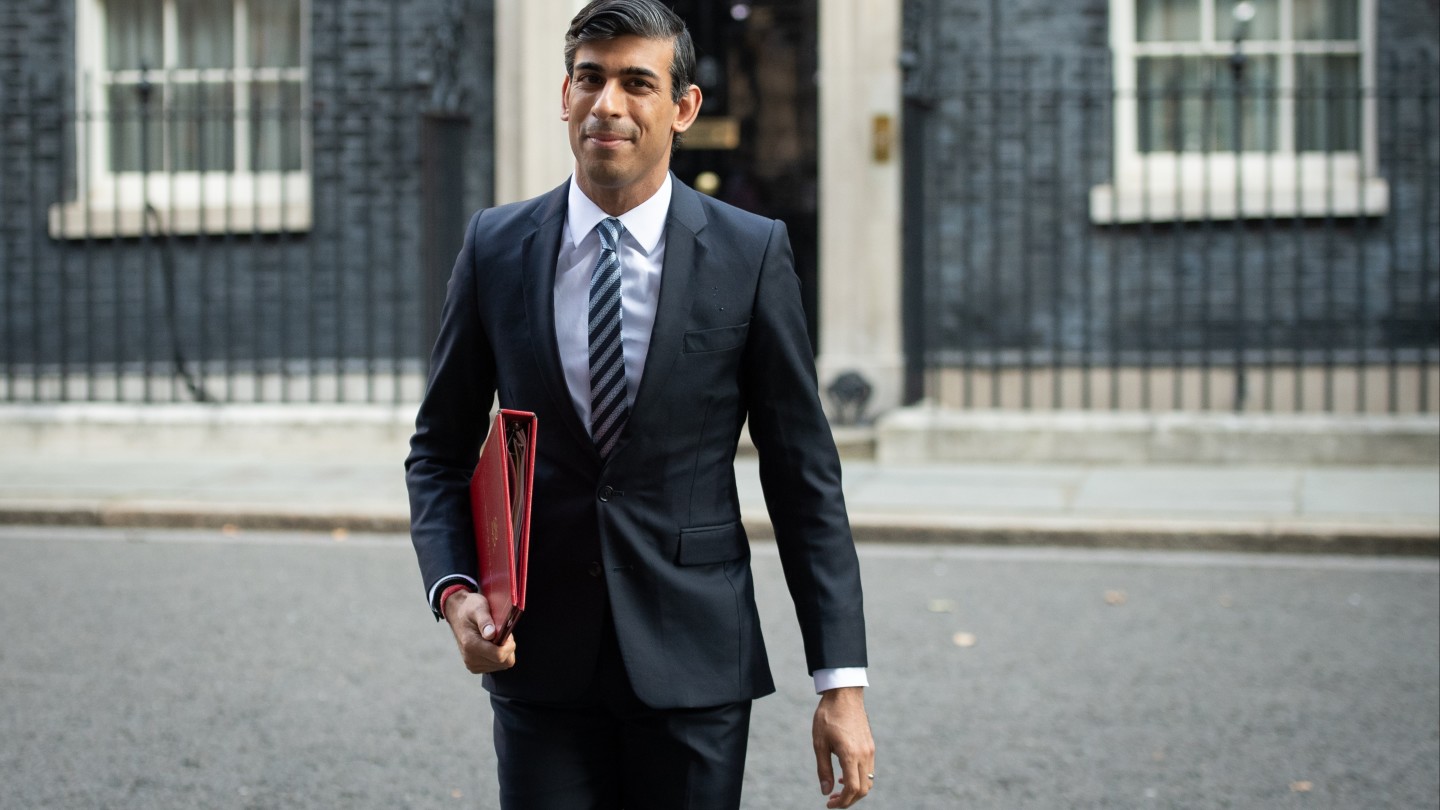
Simply sign up to the Fashion myFT Digest -- delivered directly to your inbox.
These are difficult times. The BBC’s Matthew Amroliwala was doing a creditable job of anchoring on the news channel. His manner was brisk and businesslike. His delivery was serious but not sensational. He was doing exactly what a national broadcaster should be doing, wearing an expression of straight-faced concern.
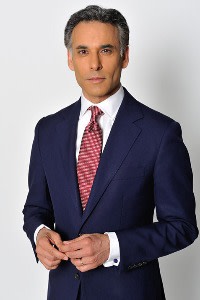
He was also wearing a shirt with, I would guess, at least 5cm of French cuff as he introduced a section that would help viewers “navigate the complexities of coronavirus”. But a couple of minutes in, all I could navigate was the complexities of his wrists. I can remember absolutely nothing of his “information-rich” 25-minute broadcast but his gleaming-white shirt cuffs: two broad manacles of cotton that moved like a pair of conductor’s batons – and had the amnesiac effect of a hypnotist’s pocket watch.
We are indeed living through an extraordinary time… of extreme cuff display.
I call it the showbiz cuff, for it is as strong on the red carpet as it is in the newsroom. Traditional sartorial wisdom regards around 1cm of cuff display as quite adequate. But our everyman Tom Hanks clearly didn’t get the memo, dropping to the floor at this year’s Oscars to do push-ups that highlighted cuffs extending from beneath the sleeve of a velvet jacket that itself had turnback details. The big-cuff look is democratic, as favoured by Academy Award winners, television presenters Ant and Dec, and the financier Arpad Busson, who appears to have cut his sleeves on the short side to better display his man bangles.
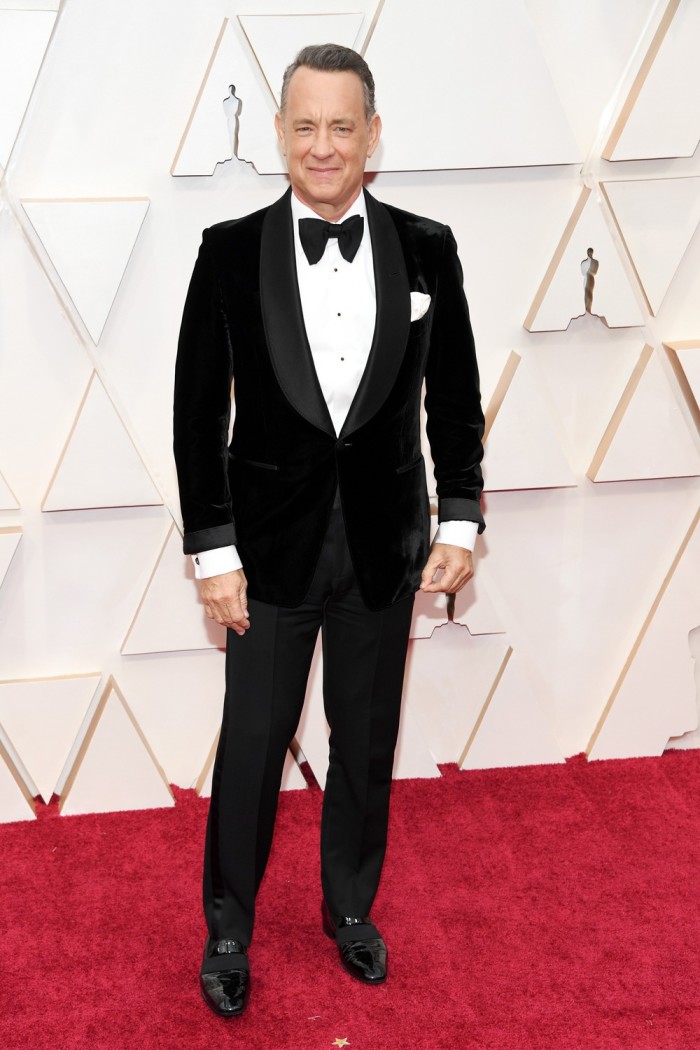
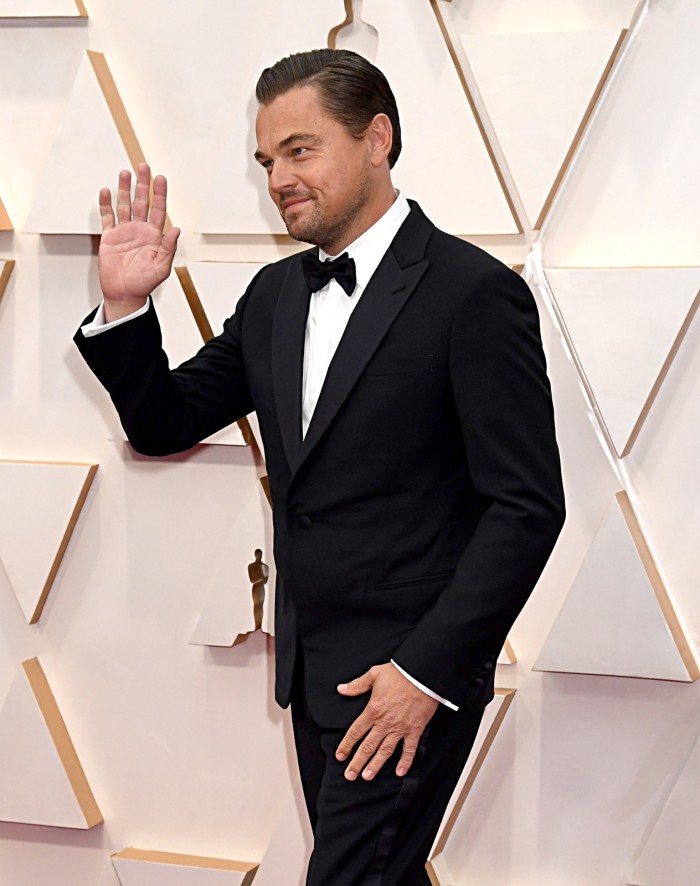
But there still remain traditionalists among us. Leo DiCaprio favours a wrist-skimming centimetre. Joe Biden is remarkable also: his button cuffs are an example to us all in terms of their length, whether at rest or arms extended in some triumphantly inclusive campaigning manner, and in the way he matches them to his teeth. The Trump cuff is, strictly speaking overlong, but then so is the front blade of his tie. Characteristically subtle, he has 45, the number of his presidency, embroidered on his cuff sides.
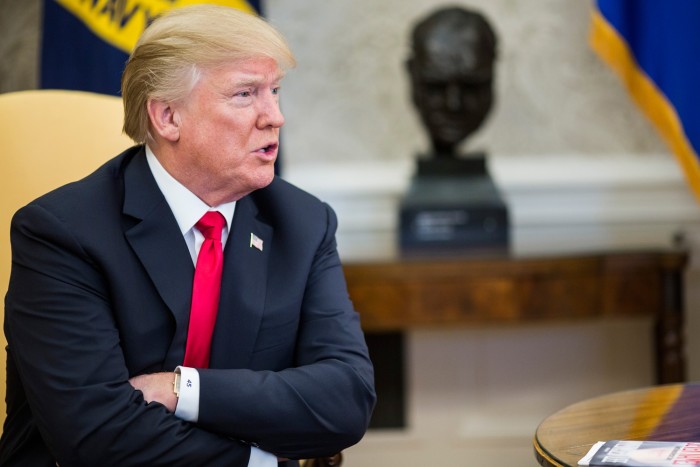
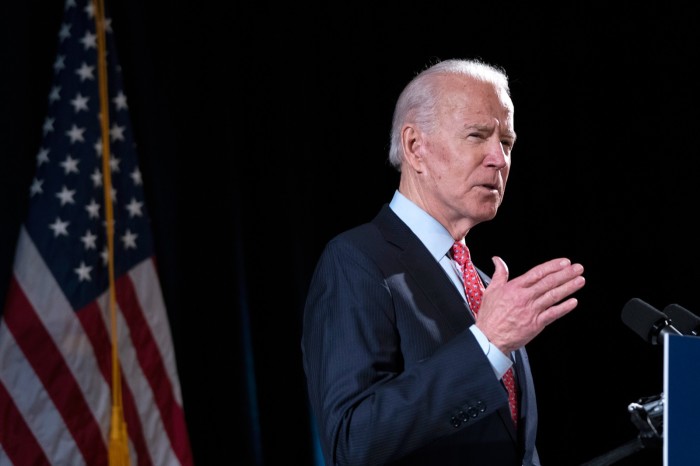
President Macron shares the Donald’s fondness for maximum cuff exposure, but fails to put it to such good use – he could, for instance, embroider it with the ribbon of the Légion d’Honneur that is visible in his lapel, or perhaps “Ver 05”, indicating the current iteration of the French Republic.
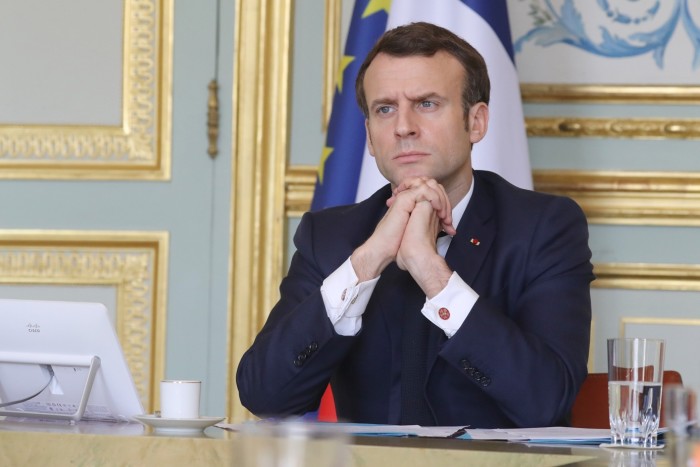
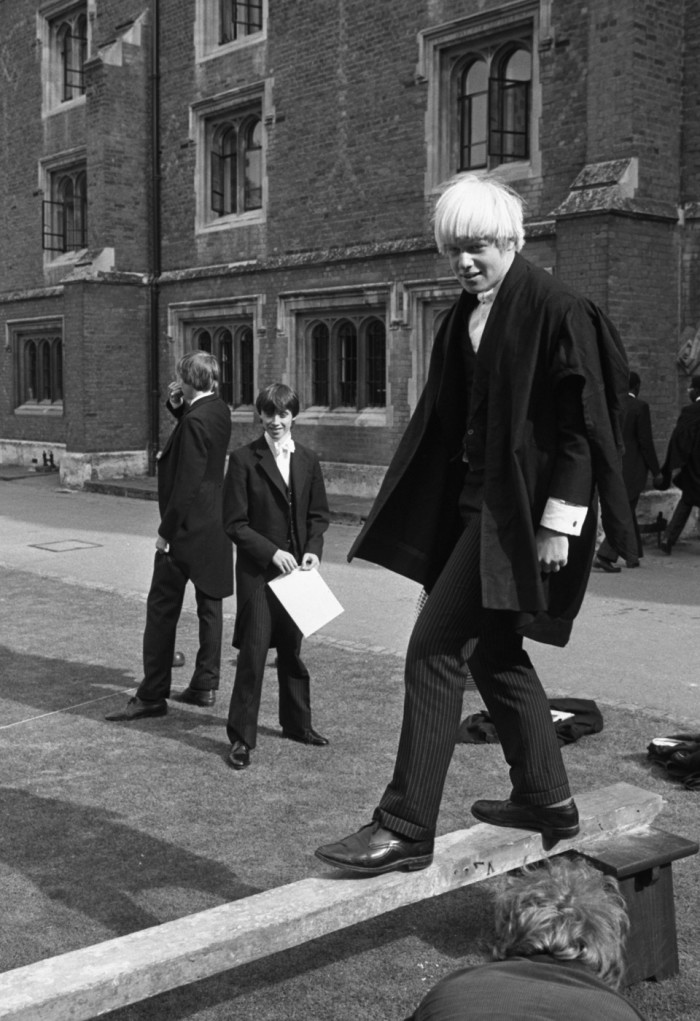
There is, it would seem, a Montague and Capulet, Guelph and Ghibelline division when it comes to cuff lengths in British public life. That nice young former Tory MP Rory Stewart owes much of his notoriety to his sartorial affectations, chief among them a love of exaggerated cuff display. On the flip side, the former ruling cadre that numbered David Cameron and Nick Clegg among its members was characterised by an aversion to showing any cuff at all. Students of the successful Starmer campaign to lead the Labour Party can hardly have failed to notice the rather poignant picture of him, looming like a long-cuffed Brutus, behind Jeremy Corbyn showing next to none. Rishi Sunak also sports next to none – except on Budget Day when they staged an unexpected show of strength.
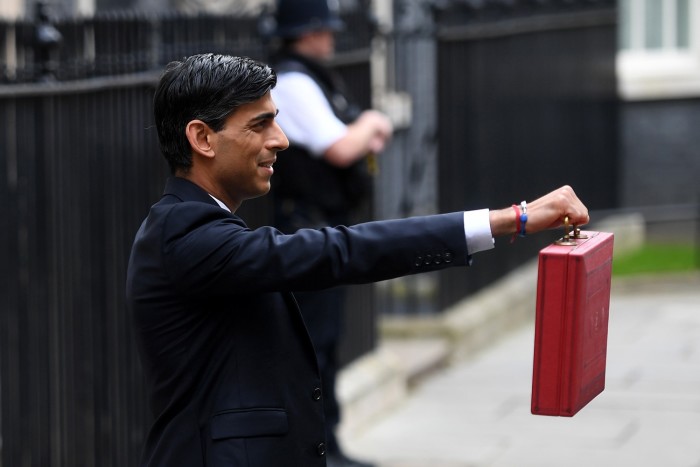
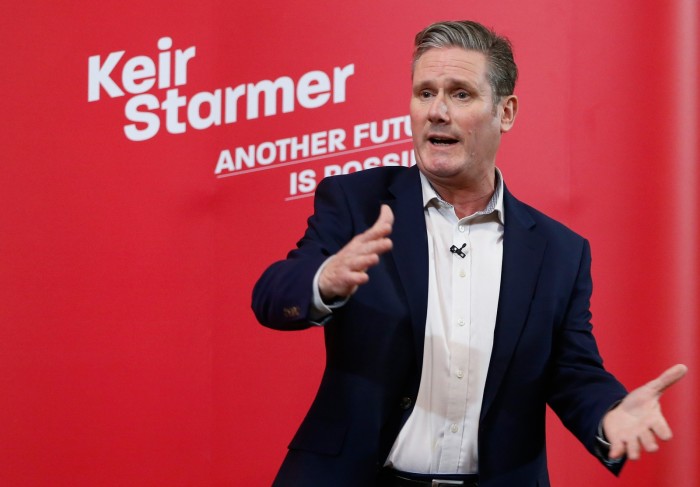
But is there a right way or a wrong way to wear them? What do the tailors say? “One centimetre should show in the standing position, although of course it shows more when seated,” says Mariano Rubinacci, proprietor of the famous Neapolitan tailor. “I recommend half an inch to my clients,” says Terry Haste of the court tailor Kent & Haste, but he does admit to an inch of cuff display himself: “From time to time I wear cufflinks and when I do, I want to show them.” There are occasions when I, too, like to show a hint of cufflink. However, I am wary of admitting as much to the high priestess of the bespoke shirt, Anne-Marie Colban, scion of the Charvet dynasty, who is adamant that a maximum of 1cm is permissible and that no cufflink should be visible at all.
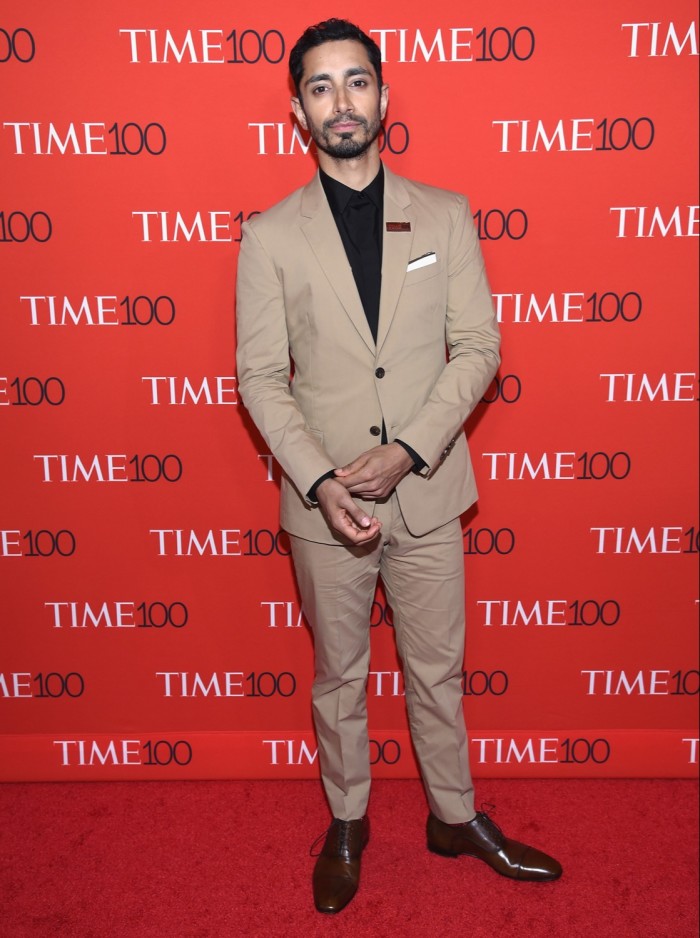
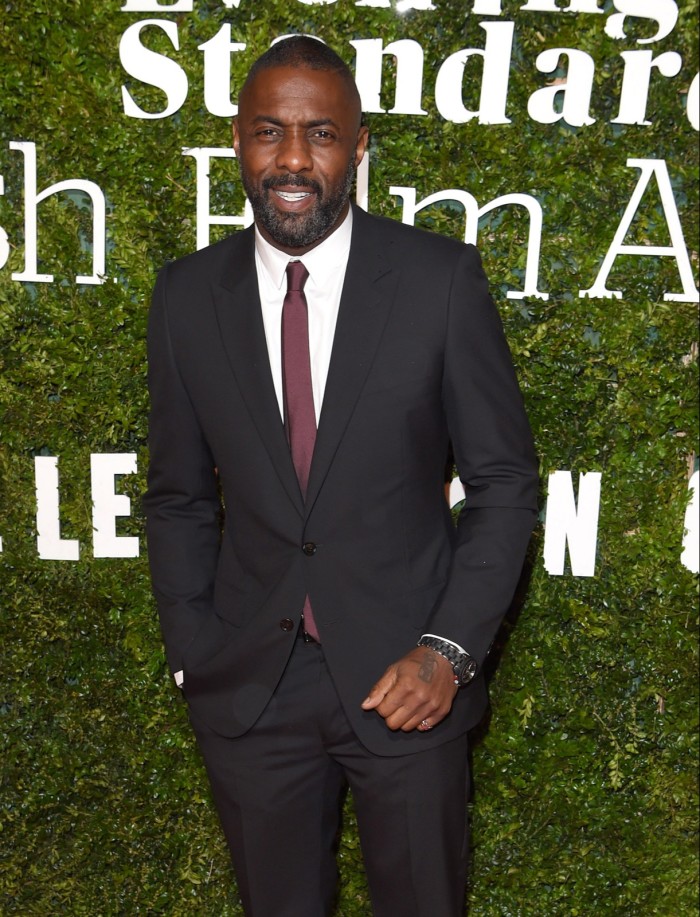
As far as Thomas Pink CEO Christopher Zanardi Landi is concerned, “Too much cuff gives the impression that the suit does not fit.” But he concedes there is an element of fashion: “You see trousers that stop at the ankles, and with that comes shorter sleeves and showing more cuff.” He recommends showing up to 25 per cent of a double cuff of 8cm. “Our rule of thumb is half an inch,” says Stephen Quinn of Turnbull & Asser, before adding that it is in the thumb that the key to perfect length is found. “Tailors and shirtmakers tend to measure their cuffs five inches and four- and-a-half inches respectively from the thumb.” He entertains the theory that current excess is in part due to “shirtmakers having allowed for larger wristwatches”.
According to Michael Hill of Drake’s, king of crossover casual style, the 1cm rule also applies to shirts under knitwear. Given that button cuffs are conventionally worn with knitwear and with the ribbed cuff keeping it in place, there should be no reason for excess.
But Alessandro Michele is not about to let convention stand in his way. For his return to Milan Men’s Fashion Week this year, he showed ankle socks, T-bar sandals, a green shorts-suit with elbow-length sleeves, three-quarter-length violet knitwear and lots and lots of cuff. Indeed, shrunken knitwear exposing not just cuffs but entire forearms was all over the Gucci show.
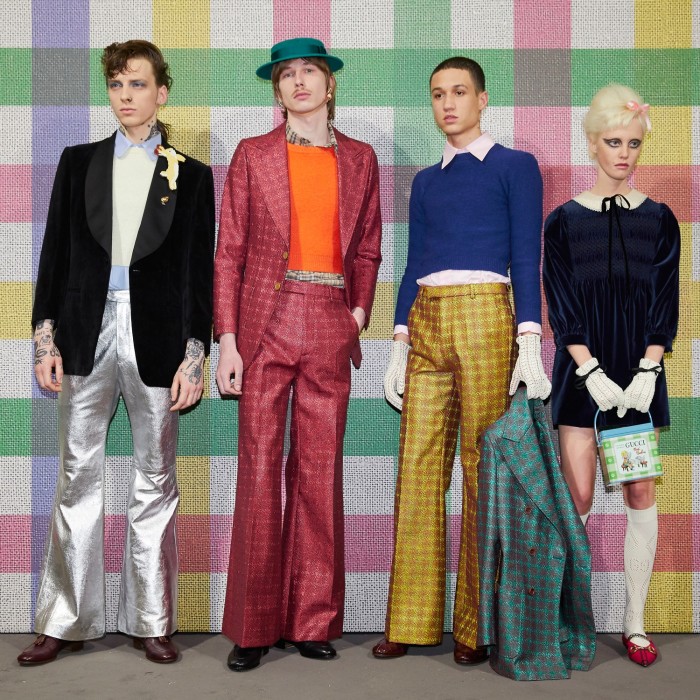
His genius notwithstanding, Michele cannot claim to be the instigator of the extreme cuff. Way back in 2012, Kean Etro put a model in a brightly patterned shirt and then ruched his jacket sleeves to Miami Vice levels to display not just cuff but forearm. Even more prophetic was the Etro show of 2014, with men in three-piece suits with mariachi stitching and shrunken sleeves to better display excessive shirtsleeves. As accessories they carried distressed leather sombreros, now rather eerily reminiscent of a bell curve. Perhaps Amroliwala should present his next information-rich report wearing one... at least it might take my mind off his shirt sleeves.
Comments